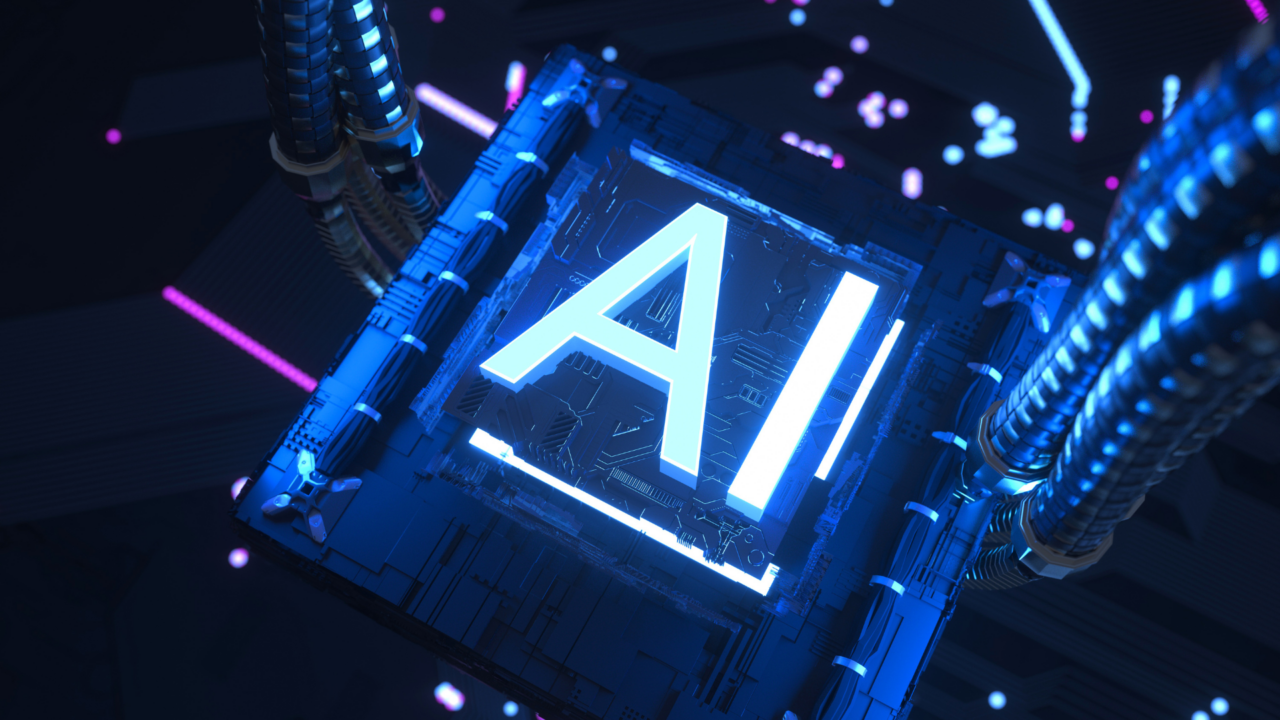Implementing AI in the Public Sector

Implementing AI in the Public Sector
Artificial Intelligence (AI) continues to grow in the trajectory of major growth approaching onward into 2023. AI has become an imperative innovation to governmental intelligence capabilities due to its benefits towards the public sector. Government agencies, such as the Department of Defense (DOD), are already investing billions into the technology as they expect AI to change the state of national security, both on and off the battlefield. The transition to AI within government infrastructure will take time and effort, but it is crucial for those within the industry now to understand the challenges and opportunities of AI’s advanced capabilities.
Areas of Opportunity for Government Industries Utilization of AI
Ramesh Menon, Chief Technology Officer of the Defense Intelligence Agency (DIA), says that the “first step of adopting AI is to understand where it will fit into intelligence cycles or mission processes.” AI advancements offer agencies the benefit of autonomy and workplace efficiency, facial recognition technology, IT maintenance, improved cybersecurity and much more. Agencies such as the DIA and DOD understand the importance of AI implementation and have already invested in their organizational systems. In the IBM Center for the Business of Government’s “Delivering Artificial Intelligence in Government,” author Kevin Desouza identifies opportunities for AI utilization within institutions, including:
- Cloud Computing and Open Source
- IT Project Management and Infrastructure
- Data Governance
- Redesign Work Processes to Increase Effectiveness
- Increasing Cybersecurity Capacity
- Collaborative Partnerships Across Agencies
- Crowdsourcing
- Proactive System Monitoring
Challenges Faced with AI Modernization and Implementation
As AI works to optimize essential governmental operations, it does come with some additional challenges. Agencies deal with different industries, equipment and services, meaning one AI function may not work for all. Likewise, AI is a costly modern innovation. AI implementation requires both financial and engineering overhauls that take time to successfully achieve. Dr. Timothy Grayson, Director of the Defense Advanced Research Projects Agency’s Strategic Technology Office, states, “We have billions and billions of dollars of sunk cost in legacy equipment. So, the Industrial Internet of Things world needs to be able to digitize and modernize over this very heterogeneous fabric of legacy stuff.” AI is anticipated as a major data analytic integration that requires funds, time and research to properly execute.
RELI Group Navigating the Industry Transition to Infrastructure Automation
RELI Group proactively anticipates the cycle of AI implementation in its partnered public sectors. Scott Bonney, Vice President of Health Information Technology Services notes, “AI and other emerging technology offer tremendous potential to improve health outcomes for the American public and improving how we support our government partners.” RELI works closely with the Centers for Medicare and Medicaid Services (CMS) as it seeks to use AI integration to better predict patient health outcomes and medical data. RELI has previously committed to assisting CMS with automation of its call center call log content, which was largely dependent on manual review. After Quality Assurance Monitoring, RELI used both machine learning and AI to enhance CMS’ audit processing capability. To learn more about RELI’s automation process with CMS, review our White Paper here.













